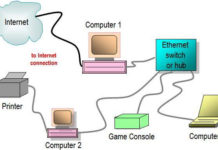What is primary protection and backup protection:
Generally, the protection given by the protective devices can be divided in to two categories
- Primary protection
- Backup protection
Let see the full detailed explanation about the categories.
Primary protection:
The primary protection scheme ensures fast and selective clearing of any circuit fault within the boundaries of the circuit element, that the zone is required to protect. Primary Protection as a rule is provided for each section of an electrical installation. It is a first line of defense for our system, very sensitive, the fault clearing time and the current setting value is lesser as compared with back up protection. It is responsible for all system protection. Always the primary protection is having the relay co-coordination of tripping before the backup protection.
[wp_ad_camp_1]
Example: Restricted Earth Fault, Differential protection etc.
Reason for Primary protection failure:
- Current or voltage supply to the relay.
- D.C. tripping voltage supply-absence of DC tripping voltage. DC Voltage trip are commonly used for monitoring battery voltage conditions, but can be used in any application where dc voltage level is critical. Whenever the Battery voltage reaches abnormal condition the DC tripping relay works in order to protect the other protective equipment’s relay coil. DC tripping voltage system is mainly used in sensitive equipment like alternator control circuit and protective circuit, high voltage Power transformer protective circuit, turbine control panel etc.
- Protective relays- Relays’ malfunctioning.
- Failure in the Tripping circuit.
- Failure in the Circuit Breaker.
- loose contact or insufficient contact to reach the trip circuit.
Backup protection:
Back-up protection is the name given to a protection which backs the primary protection whenever the primary protection failed to operate during fault condition. The back-up protection by definition is slower than the primary protection system. The design of the back-up protection needs to be coordinated with the design of the primary protection and essentially it is the second line of defense after the primary protection system. Here the backup protection and primary protection do not have anything common. Generally, the backup protection is located in different location. From the cost effect and economy point of view the backup protection will be implemented to protect the system against short circuit.
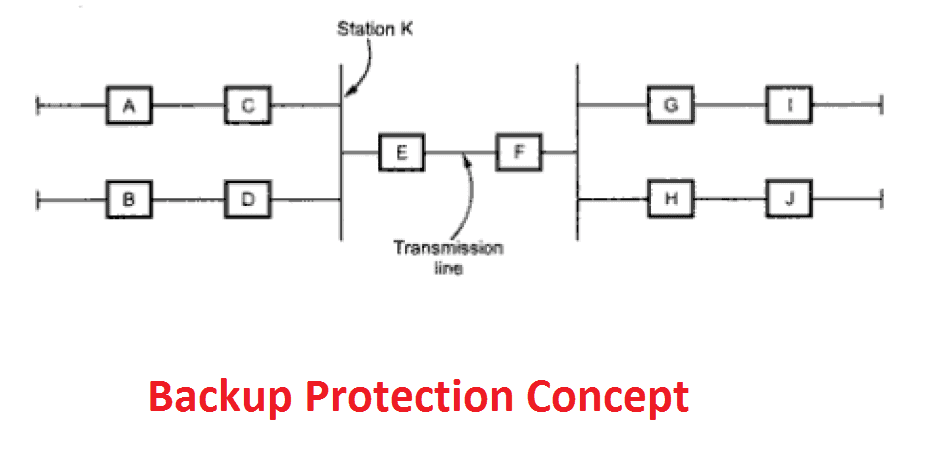
[wp_ad_camp_1]
Refer above scheme, here the relays C, D, G and H are primary relays while A, B, I and J are the backup relays. Normally backup relays trips the circuit breaker, if primary relay fails. So if the primary relay E fails to trip, then backup relays A and B get tripped. The backup relays and associated backup relaying equipments are physically apart from the faulty equipment.
The backup relays A and B provide backup protection for fault at station K. Also the backup relays at A and F provide the backup protection for the faults in line DB. The backup relaying often provides primary protection when the primary relays are out of service for repairs. It is obvious that when the backup relay operates, the larger part of the system is disconnected The important requirement of backup relaying is that it must operate with sufficient time delay so that the primary relaying is given a chance to operate. Also the backup relays should be coordinated with the primary relays. When fault occurs, both the type of relays starts relaying operation but primary is expected to trip first and backup will then reset without having had time to complete its relaying operation. When the given set of relays provides the backup protection for several adjacent system elements then the slowest primary relaying of any of those will determine the necessary time delay of the given backup relays.
Types of Backup Protection:
Relays backup protection: Single circuit breaker is used to for both primary and backup relays.
Breaker Backup protection: Separate circuit breakers is used for both protections in the same station.
Remote backup protection: one breaker for primary protection in one station and then another breaker for backup protection in another station.

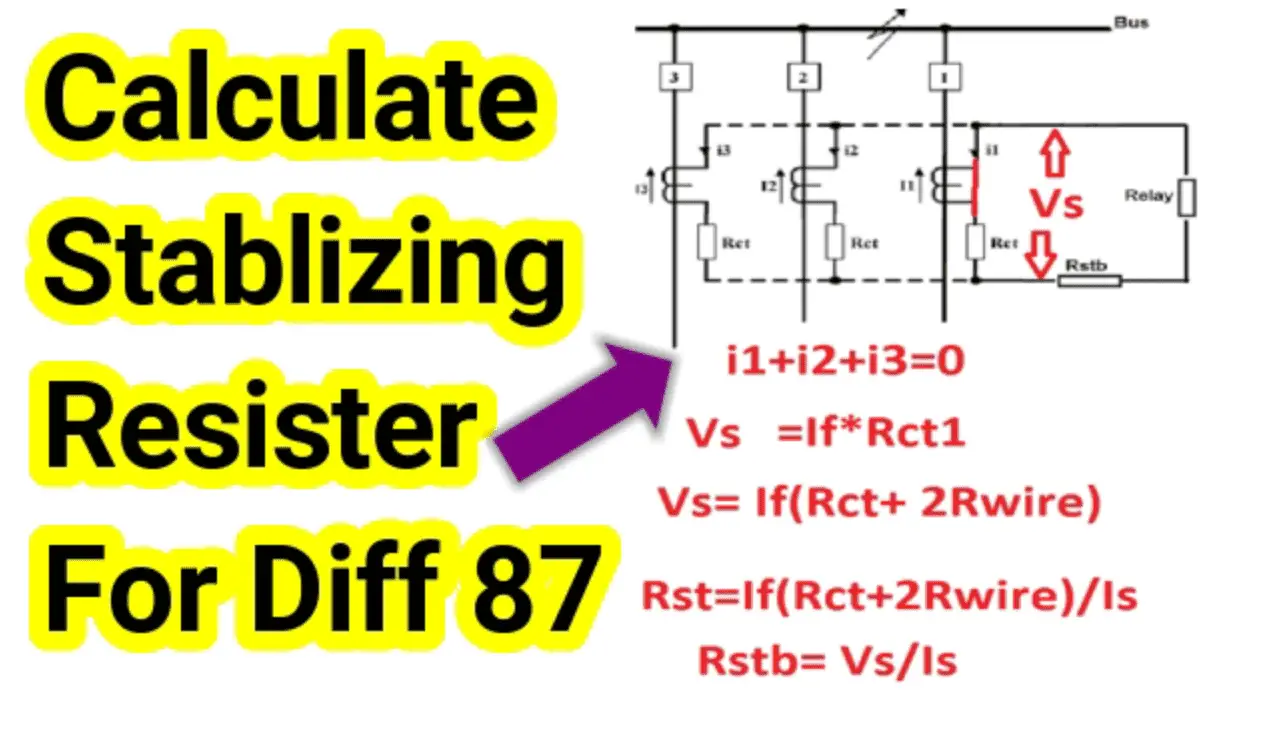
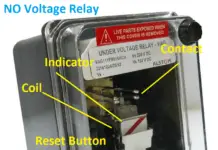
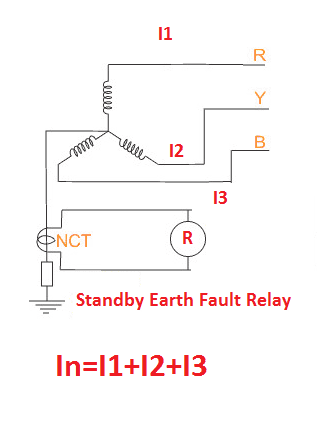




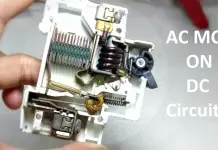
![What is Arc Chute? Types, Working Principle [Video Included] arc chute working priciple](https://www.electrical4u.net/wp-content/uploads/2020/06/arc-chute-218x150.png)
